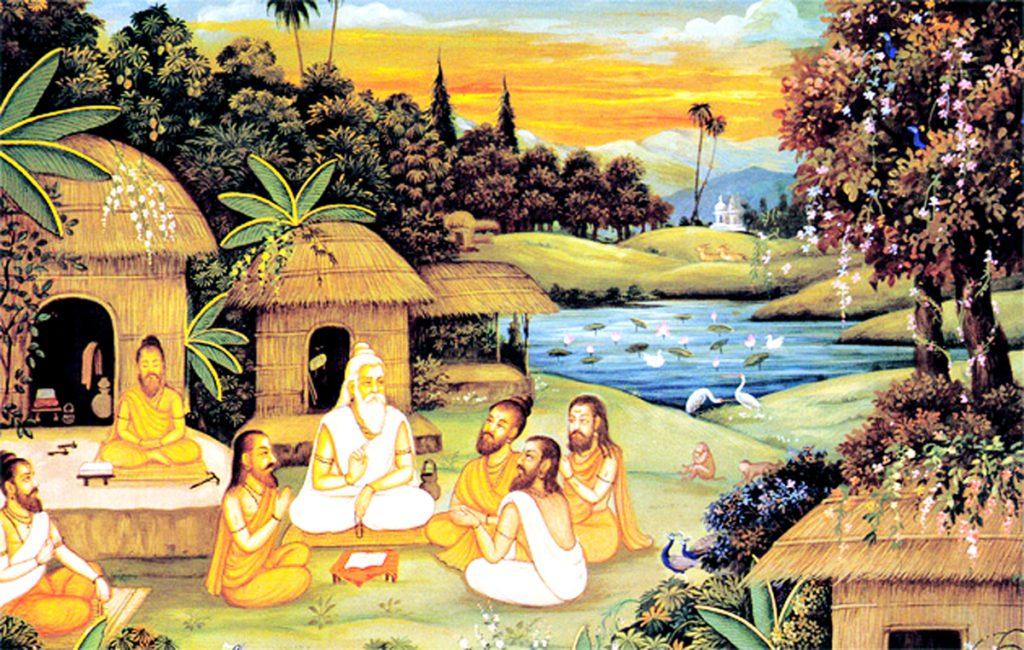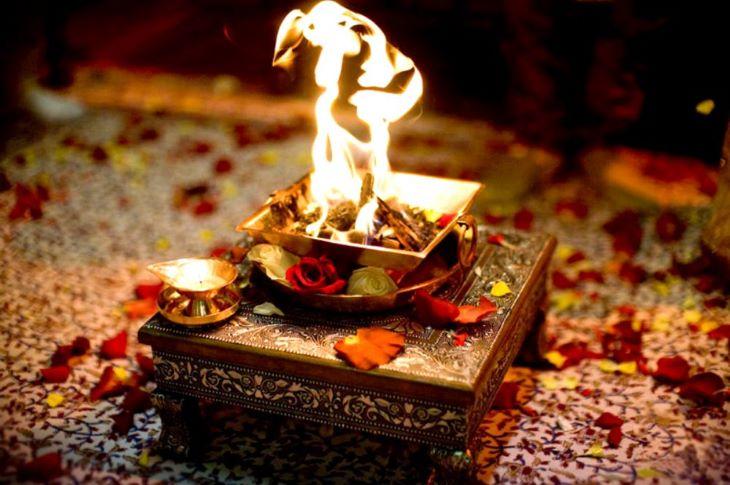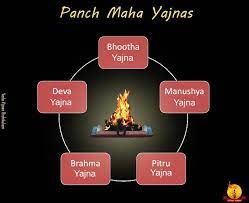Distinctive features of A Vedic life
Vedic Life - Distinctive Features
I. Addressing Misconceptions
-
Not Austerity Focused: Vedic people did not de-emphasize materialism or simply retreat to forests.
- They did not reject material comforts to lead an austere life.
- They aspired to live a full and comfortable life.
- Active Engagement: The mantras and rituals suggest a life full of energy, enthusiasm, innovation, and a desire for progress.
- Chamaka Prashna: The Chamaka Prashna of Yajurveda shows their interest in a range of material comforts and prosperity.
II. Balanced View of Life
- Karma Kanda: Focused on action and engagement with life.
- Jnana Kanda: Emphasized a balanced view, integrating material and spiritual progress.
-
Pravritti and Nivritti:
- Pravritti: Material well-being, working, money, comfort.
- Nivritti: Peace of mind, good sleep.
- Jnanakanda teaches us not to overemphasise either of these, but to have balance.
- Modern Imbalance: Modern life has swung to an extreme focus on material riches at the cost of peace, leading to stress and lack of sleep.
- Jnanakanda's Role: The Jnanakanda promotes introspection that enables material and spiritual progress.
III. Key Principles of Vedic Living
A. All-Round Development
- The Vedic way of life aimed at the all-round development of an individual.
- This includes physical, mental, intellectual, and spiritual dimensions.
- Modern research recognises the need for Emotional quotient, Intelligence quotient and Spiritual quotient for well-being.
- Vedic literature has the ideas to develop all of them.
B. Primacy of Agni
- Yajna (sacrifice) was central to day-to-day life.
- Activities and celebrations were conducted with Yajnas.
- Yajna is associated with Dana (gifting).
- Dana was practiced as a way to show gratitude to the gods.
- Agni was the main deity and the carrier of offerings.
- Agni takes the offerings to the respective devatas.
- The Rigveda begins by praising Agni (the first mantra celebrates Agni as the priest and giver of all riches).
C. Conceptualization of Yajna
- Symbolic: Not just the ritual of offering ghee on an altar.
- Larger Meaning: A grand principle of "Give and Take", and "Live and Let Live", ensuring social sustainability.
- Yajna in Practice Included the following five Yajna:
D. Five Great Yajnas (Panchamahayajnas)
- Brahmayajna: Reciting Vedic hymns and teaching wisdom (carrying the torch of knowledge)
- Responsibility of every householder.
-
Bhutayajna: Sustaining all forms of life, including small animals and insects, through food offerings.
- The practice of leaving out food for animals is a modern day practice of Bhutayajna.
-
Manushyayajna: Helping the destitute, orphans, guests, and the poor with resources.
- Practice of helping the poor is seen in many villages today.
- Pitruyajna: Offering food and respects to ancestors and gratitude to departed souls.
-
Devayajna: Expressing thankfulness to natural forces (devas), such as rain, fire, air etc.
- The Devatas in Vedic traditions represent natural forces.
E. Rta, Satya, and Dharma
-
Rta: Cosmic order or equilibrium; the source of rhythm.
- All actions are to maintain a cosmic equilibrium.
- Satya: Truthfulness
- Dharma: Righteousness
- These three concepts guide the paradigms of good living.
IV. Conclusion
- Vedic living emphasizes a life of joy, balance, sharing, and interconnectedness.
- The teachings emphasize the concepts of "Live and Let Live" and "Give and Share".
- By a serious study of the Vedic Corpus and applying the teachings of Vedangas, it is possible to understand and apply the wisdom of the Vedic texts.



